3 Common Dog Training Problems—And How To Solve Them
Here’s how to school your pooch on excessive jumping, separation anxiety and coming when called.

Have you ever seen monks portrayed in a movie? They’re either drab and grim or sage martial artists. You certainly wouldn’t expect to see them playing with a pack of German Shepherds while puppies socialize on the lawn of the monastery cemetery. But that’s exactly what you’d see amidst the onion domes and churches at New Skete Monastery in Cambridge, NY, home of the Monks of New Skete.
The Monks have been breeding German Shepherds, training dogs of all breeds, and writing about them for more than 40 years. Our first books, How to Be Your Dog’s Best Friend and The Art of Raising a Puppy, surprised us by becoming New York Times bestsellers and are still in print. Together they have sold over a million copies. Several years ago, Marc Goldberg, a friend of the monastery and renowned trainer in his own right, coauthored Let Dogs Be Dogs with the monks.

Now the Monks of New Skete and Marc Goldberg have co-authored a new book. The Art of Training Your Dog helps dog lovers educate their own pets using the best and gentlest new technology available: the modern e-collar. Our method, paired with an approved e-collar, allows you to teach good behavior gently and quickly.
In fact, following our instructions, some of the most common dog behavior problems resolve so uneventfully that it might seem like magic. But it’s not magic at all. Good dog training just makes it easy for a happy dog to listen.
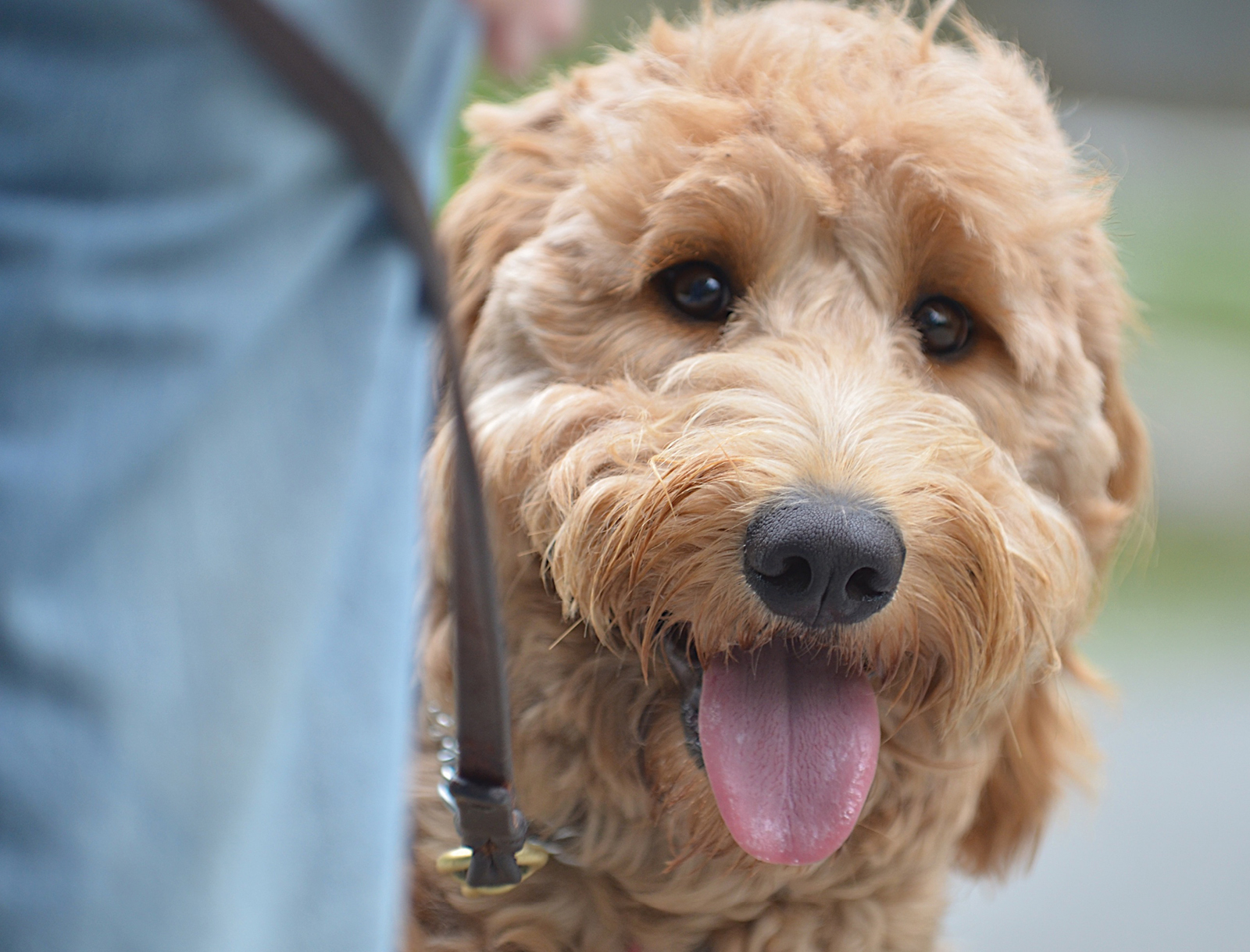
We won’t address e-collar training in this article because you need a bit of special equipment and our book to make it work gently. But trust us when we say you’ll like the results if you give it a try. In the meantime, moving forward from here, let’s have a look at three dog behavior problems our clients constantly report to us.
We’ll tell you what you can do to make improvements even before you embark on a proper training program with your dog.
Jumping
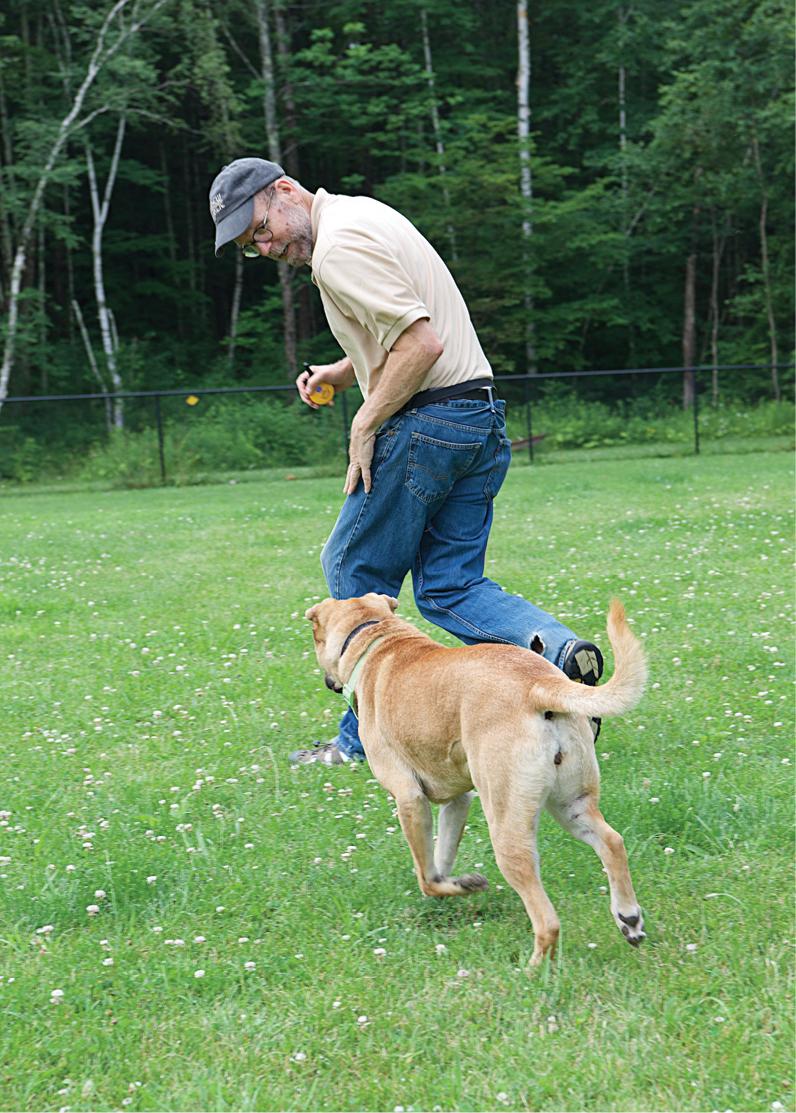
Excited dogs jump on people to get their affection faster. We come home happy to see our dog. Immediately we talk to the dog in our own excited fashion and they respond in their own excited manner, leaping.
Here are three tips to reduce or eliminate jumping.
- Take the vow of silence. Walk through the door silently…like a monk but have a really savory treat in hand. Hold it between your thumb and forefinger so your dog will be able to smell it but not snatch it from you. Without saying a word, put the treat right to his nose. It may take you a moment if that nose is jumping up and down. But persist and your dog will quickly focus on the treat. Lower it to where his nose will be when he has all four feet on the ground. Then slowly bring the treat slightly up and slightly back toward his tail to lure him into the sit position. Release the treat allowing him to eat it the moment his butt is in the sitting position. Praise calmly, but only while he’s sitting.
- Hold your ground. People intuitively back away from a jumping dog, but that sends the wrong message. It suggests to the dog that his tactic is working, and he should redouble his efforts. Instead, try moving into your dog’s space when he is jumping. Simply take a few steps forward right into the space your dog is occupying while he’s jumping. You might want to shuffle your feet, so you don’t accidentally step on a paw. The moment he stops, produce a treat and lure him into a sit as you did earlier. Quietly praise, while your dog is in the sitting position.
- Lift the leash. If a dog jumps when on a leash, most people intuitively pull down on the leash, attempting to pull the dog from them or whoever is getting jumped on. But that just causes dogs to try harder. Instead, lift up on the leash, so your dog encounters just a brief instant of upward pressure at the full height of his jump. He’ll quickly decide to keep all four feet on the ground.
Jumping is an “excitement” behavior. If you want your dog to be calm, show him what that looks like.
Separation Anxiety
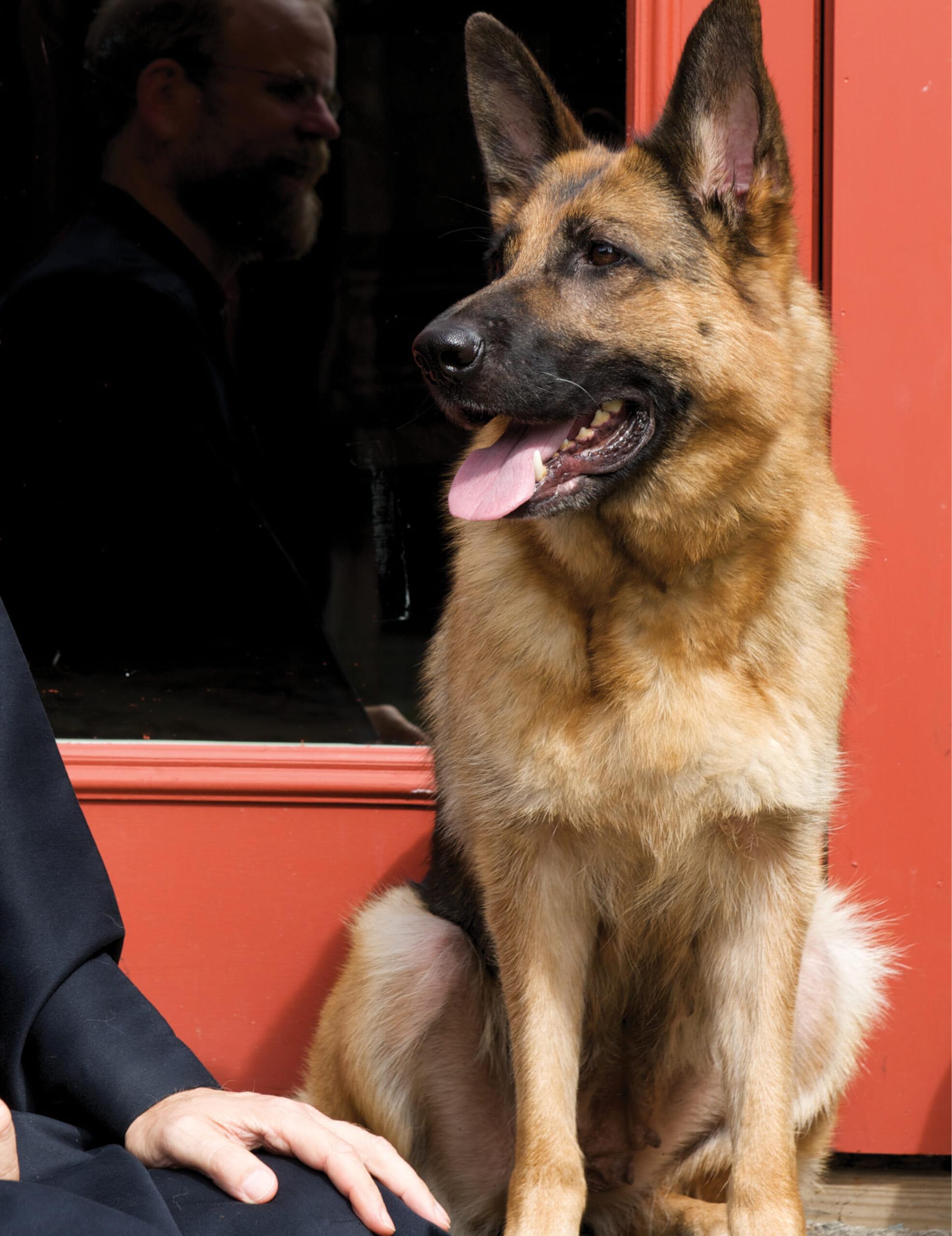
Thankfully, intense separation anxiety is quite rare. Dogs who suffer from this syndrome may hurt themselves trying to get out of their crate when alone. We have had two clients whose dogs leaped through plate glass windows trying to escape confinement when alone. Yet they are fine when with people. But most owners notice much lower level symptoms and worry that their dog has separation anxiety.
Here are three tips to help your dog feel better when you leave.
- Increase your dog’s exercise schedule. What you’re calling “Separation Anxiety” might well be generalized anxiety caused by unreleased energy. Dogs are intelligent creatures who are meant to do more than lay around the house. Even toy dogs will benefit from going out for frequent walks. We recommend you take your dog out into the neighborhood for a minimum of two twenty-minute walks every day, rain or shine. Pent up energy with no productive outlet causes many dogs to act in anxious or even destructive ways. Make time to get out there and walk your dog. You’ll both feel better.
- Don’t make a fuss when you arrive or leave. It’s a normal human reaction to feel guilty about leaving your dog. But if you perform an emotional goodbye ritual right before you leave, you’ll cause your dog to heavily engage with you seconds before you walk out the door. When you return, you’re happy to see your dog so you instantly greet him in an emotional and excited fashion. If your dog tends to worry about being alone, make your exits and entrances low key. Stop speaking to or engaging with your dog ten minutes before you leave and for ten minutes after you come home. That will deemphasize your comings and goings enough to calm most dogs. We know. We know. It sounds tough. But if you look at it from your dog’s point of view you’ll see it’s actually a kindness.
- Make departure time fun. Although we advise not making an emotional farewell, you can actually help your dog look forward to the times when you leave home. Stop giving treats for potty or for any other reason. But keep the treat jar near your exit door. When it’s time to go, casually ignore your dog as mentioned above. Grab a handful of treats and toss them well away from the door so your dog has to run away from your exit as you simultaneously slip out the door. As you’re leaving, he’ll be happily scavenging for his treats. Use small ones so it will take him a few minutes to find them all. Alternatively, stuff a smart toy full of dog food and him his breakfast by dropping that toy on the floor as you leave. He’ll have something productive to do for a while. Finally, you can buy an automatic treat dispenser that randomly beeps and pops out a treat now and again. Remember, if you do the right things, your dog might just look forward to his alone time.
Coming When Called
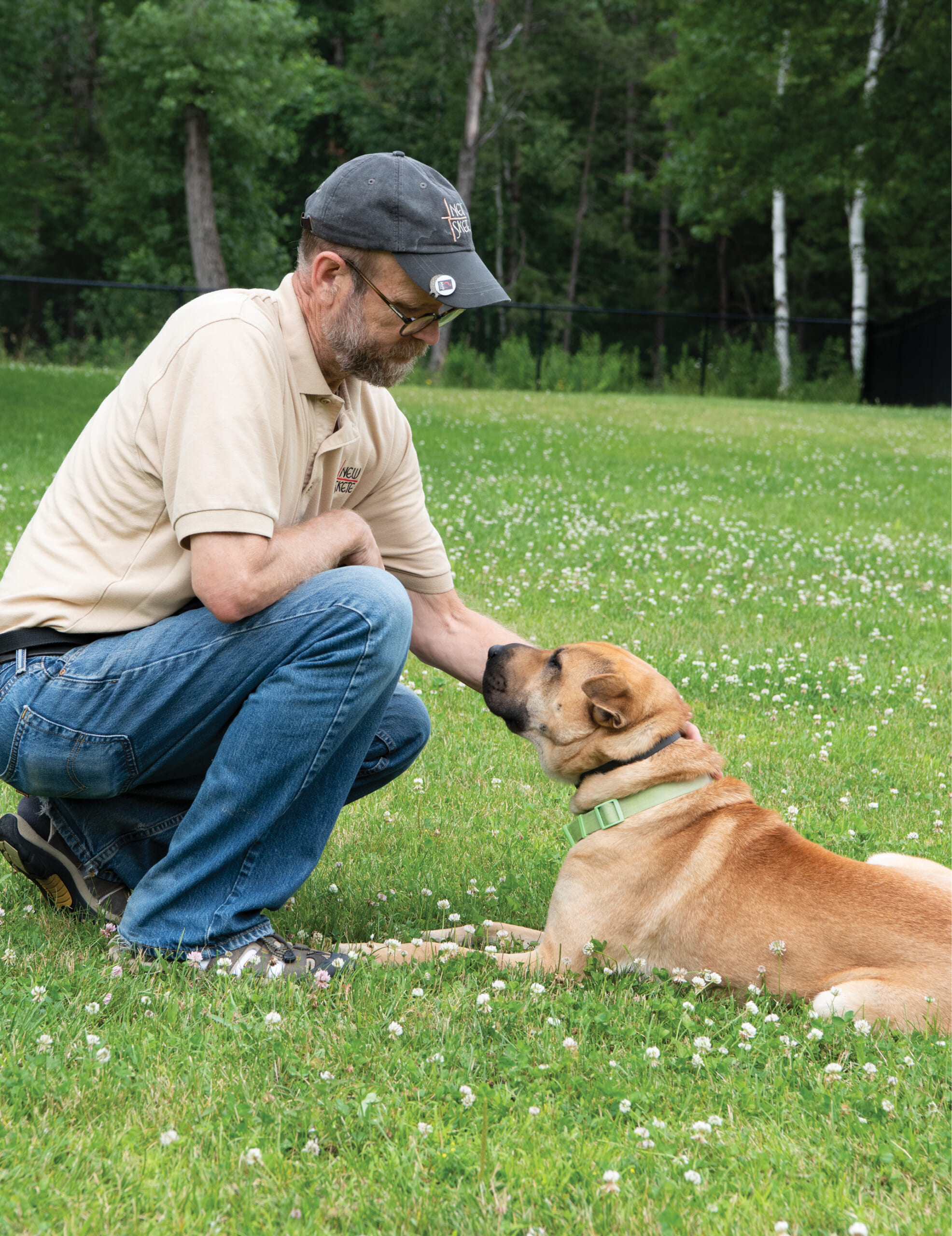
“I swear she hears me but sometimes she pretends she doesn’t.” Boy, do we hear that one over and over again. This is an important safety issue. Dogs can get hurt if they don’t readily come when called. The come command deserves training that is effective even around squirrels and other distractions. And we present that for you in The Art of Training Your Dog. But in the meantime, here are three tips to get you started.
- If you’re raising a puppy, never, never chase or grab him. Sure, you might be able to outrun your puppy now. But even a small breed pup will quickly grow into a dog who can run circles around you. Instead, let your puppy drag a long, light leash behind him—but only when you’re observing him. Eight to ten feet long will work for most puppies. When you call, just step on the end of the line, kneel low to the ground and hold out a treat as you call him. This prevents your puppy from learning a game he will enjoy much more than you will: keep away.
- You can attach a 20-foot training leash to your dog. Hunters caught on to this trick decades ago. They call it a “check cord” because you can step on it as it’s flying by to check your dog’s forward motion. This will also help you avoid having to chase your dog. That’s a game dog’s love…because they always win. But be careful. We remember a German Shepherd named Hanz who learned to stay 21 feet away from his owner while dragging his 20-foot leash. Also, don’t use a retractable leash for this purpose as your dog may yank it out of your hand.
- If your dog really likes food, use that to your advantage. Dogs are psychologically programmed to work for their resources, to have a job. Very few of us actually have a job for our dogs so most of them feel like they are unemployed. You can show your dog that it is his job to listen to your come command with this simple concept. Instead of pouring his meals into his bowl, help him earn it. Measure out his daily ration so you can be sure he gets it all. Carry it around in a treat bag and periodically call your dog. Feed him a small handful of food every time he responds correctly. Pretty soon he’ll look forward to doing his job and earning his keep.
With a little common sense and patience, you can have a well-behaved dog who is not only safer but who can spend more time with you. And after all, everyone wants to spend time with their best friend.
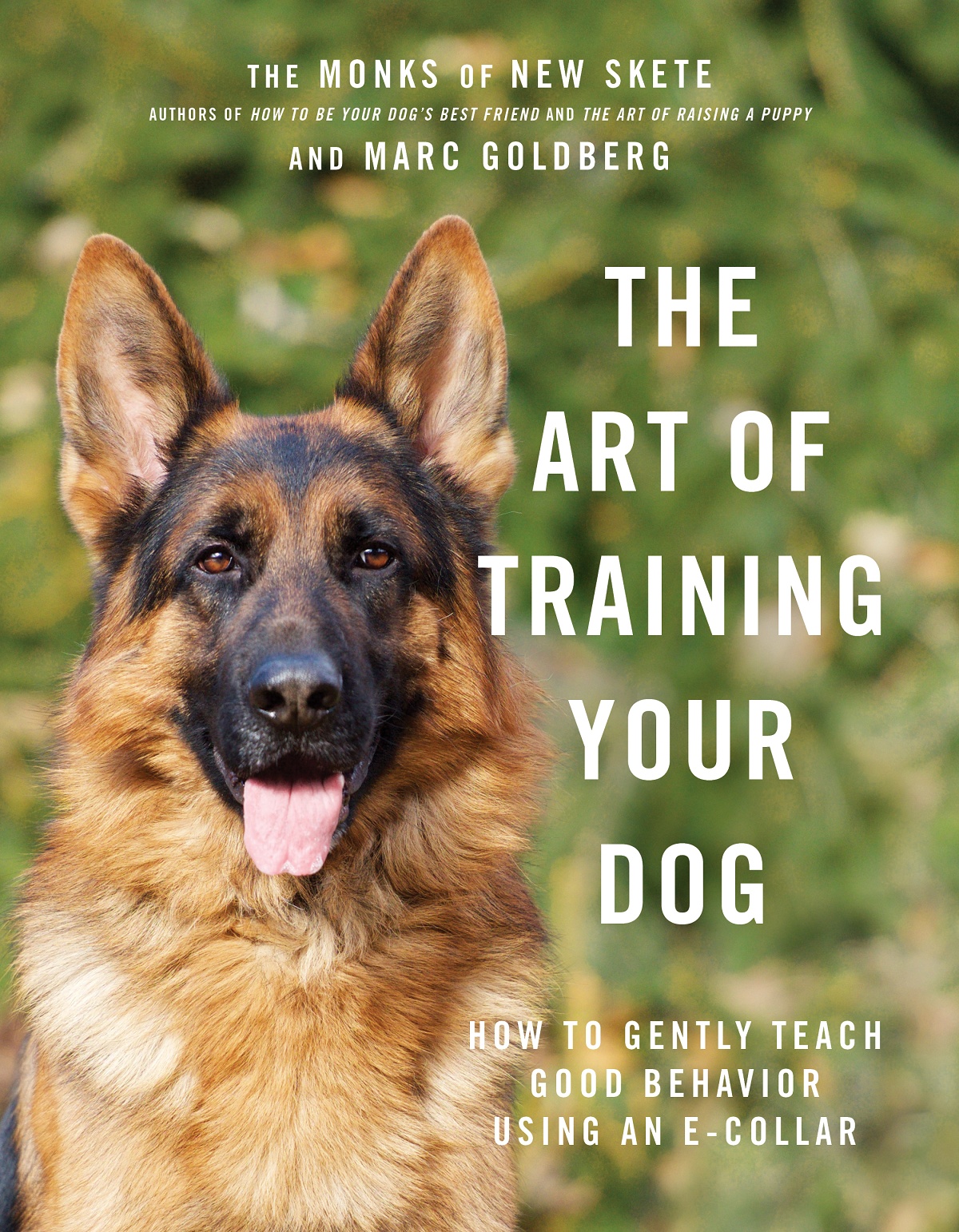
The Art of Training Your Dog is available wherever books are sold. Learn more about the book at www.theartoftrainingyourdog.com. Learn more about the Monks of New Skete at www.newskete.org and Marc Goldberg at www.chicagodogtrainer.com.
